During the 1930s, Rama paved the way for the feminist art of today with her representations of female desire
CAROL RAMA. A REBEL OF MODERNITY
OCTOBER 11, 2024 – FEBRUARY 2, 2025
Sexuality, passion, disease, death— Carol Rama dedicated her art to the great human themes and fundamental experiences. Her depictions from the 1930s of female lust paved the way for today’s feminist art. Independent of artistic schools and groupings, the self-taught talent created over the course of 70 years an unconventional and highly personal oeuvre. Rama’s work defies simple categorization and is distinguished by an enthusiastic delight in experimentation. From her early days as an artist in the 1930s through to the early 2000s, she managed to reinvent her style every ten years or so with new groups of works, while always remaining true to herself. An adept iconoclast, she pushed the boundaries of artistic and social conventions in terms of both form and content. The exhibition at the SCHIRN provides an overview of Rama’s complete oeuvre, including major works from all phases of her career, notably her now legendary early watercolors, hauntingly expressive portraits in oil on canvas, abstract paintings from her time as a member of the Movimento Arte Concreta (MAC), sensational mixed-media paintings and object montages in the Surrealist tradition, minimalist works made of fabric and industrial materials, and late paintings and drawings that revisit figuration.
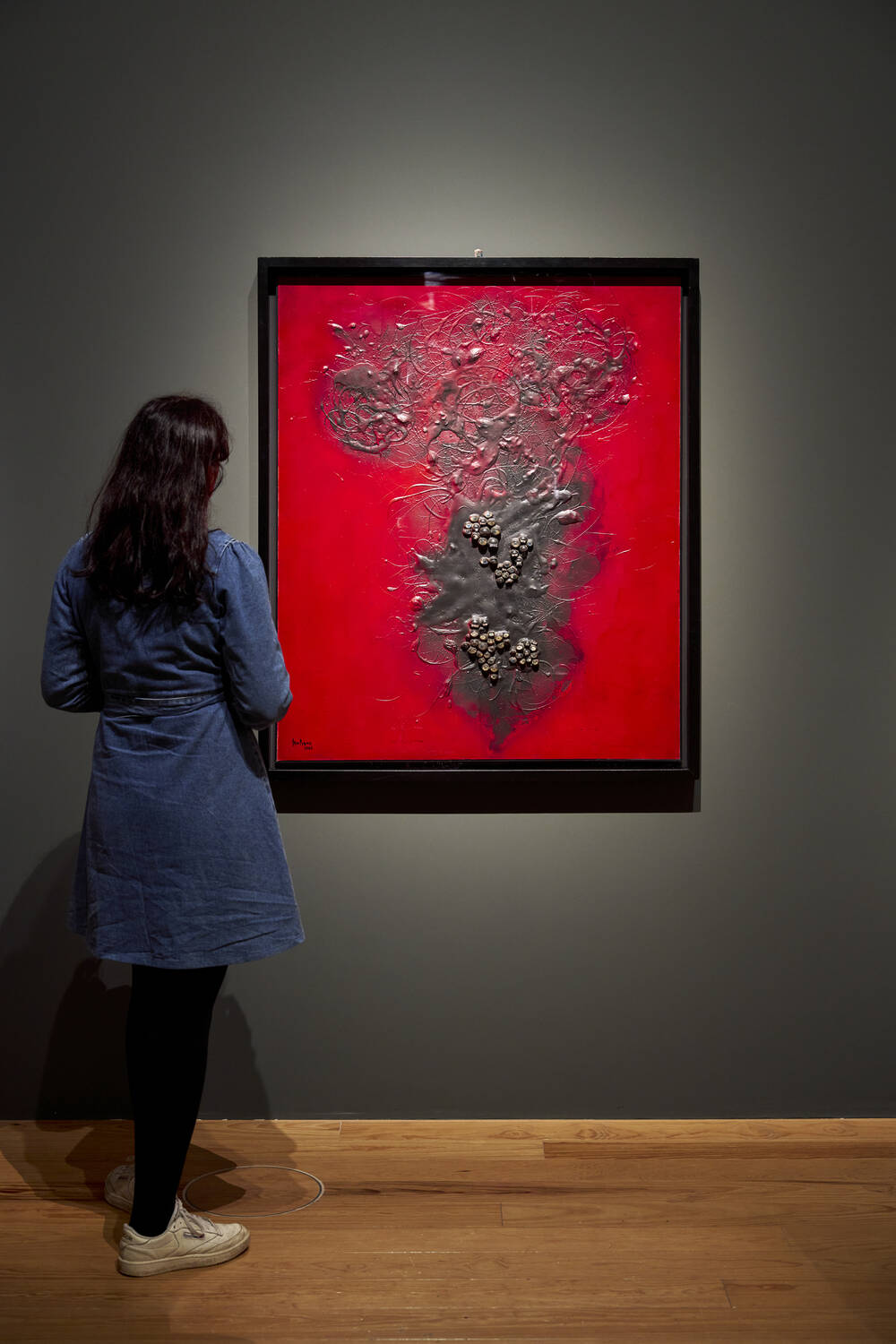
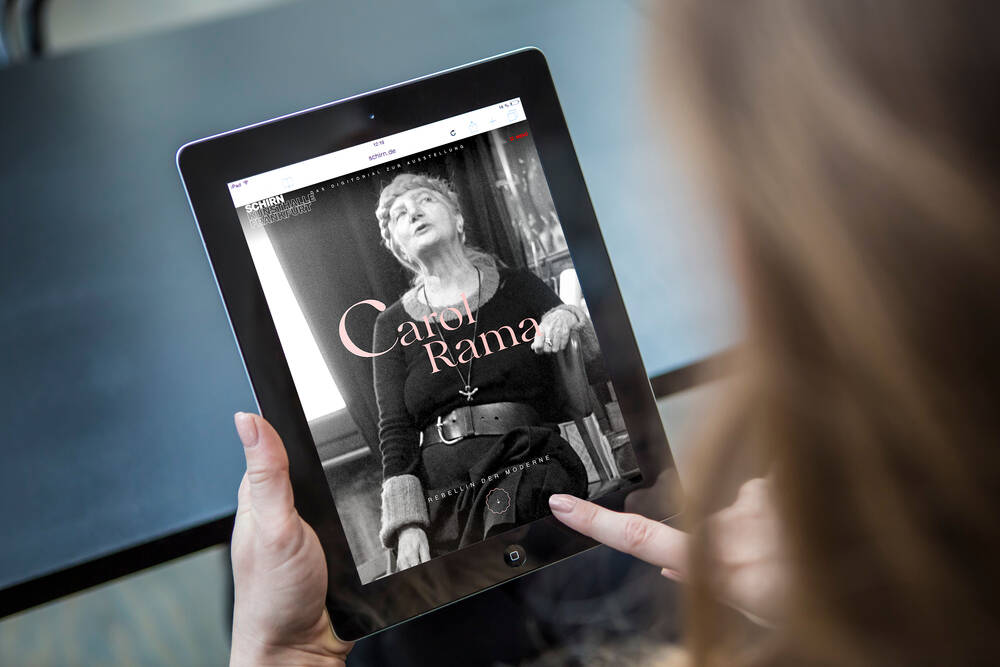
DIGITORIAL®
Innovative and extraordinary. Uncompromising and unconventional. Discover the great unknown of modernism – Carol Rama. With our free Digitorial®, which offers valuable background information, cultural and art historical contexts of the exhibition.
GUIDED TOURS FOR GROUPS
You would like to book a guided tour or a workshop for your group to the exhibition CAROL RAMA. A REBEL OF MODERNITY? Secure your desired date now!
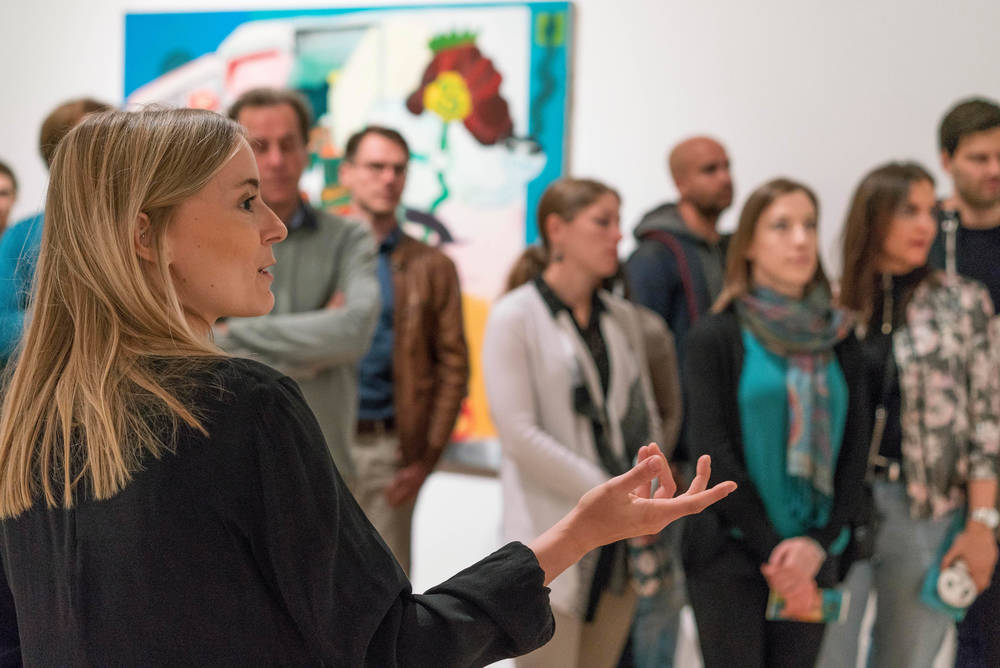
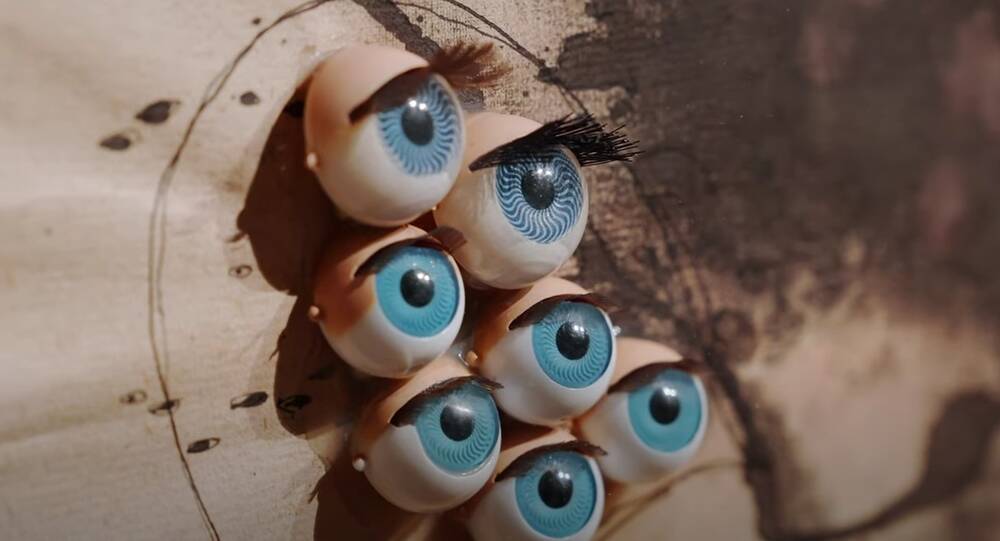
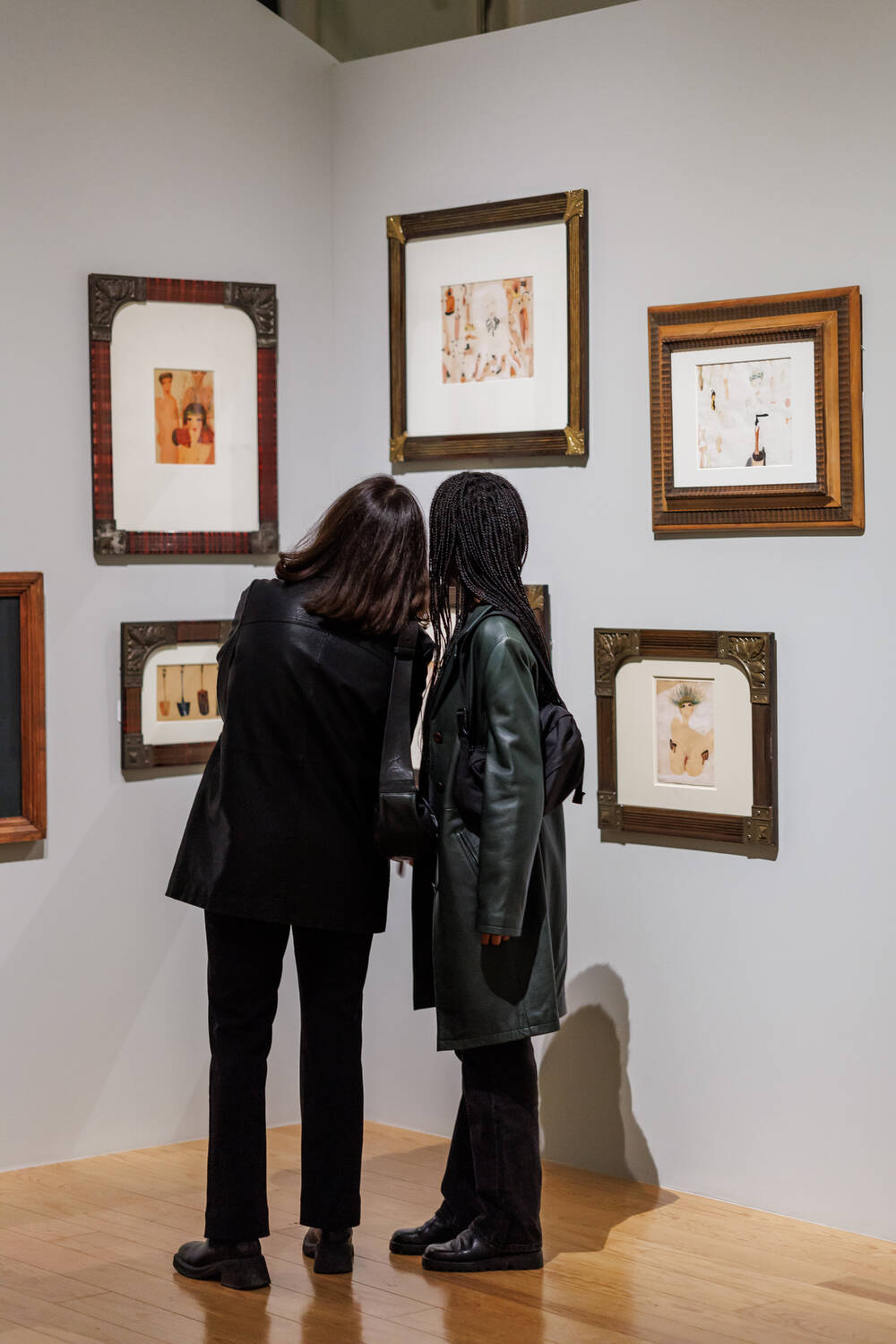
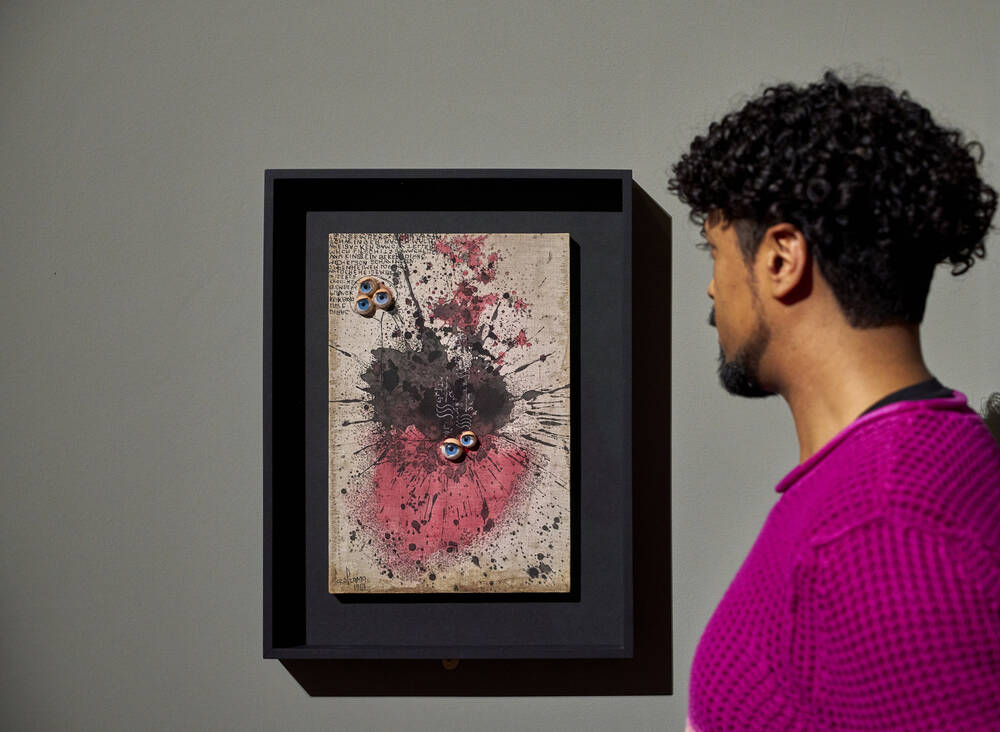

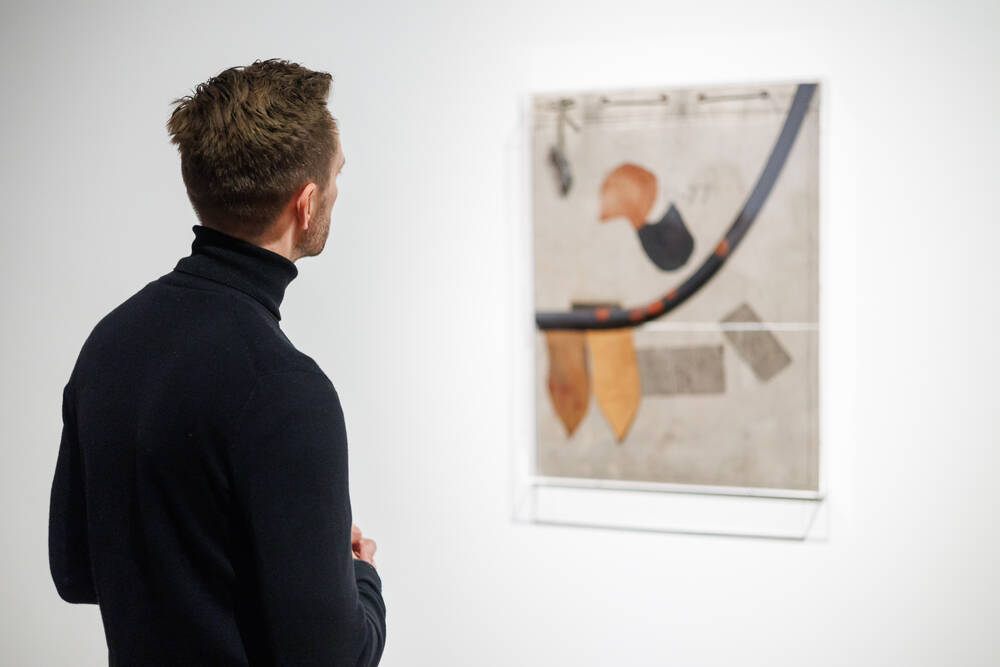
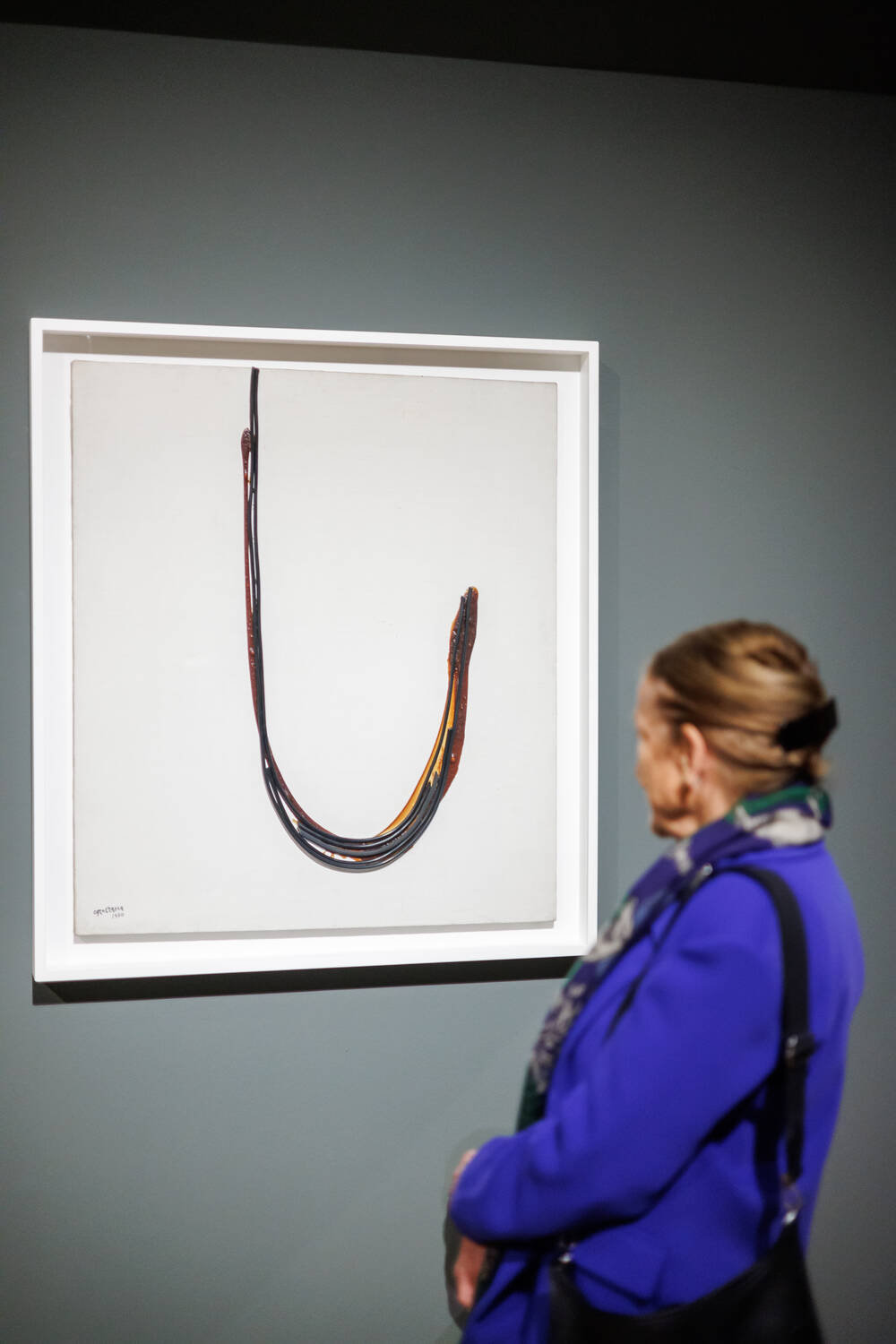
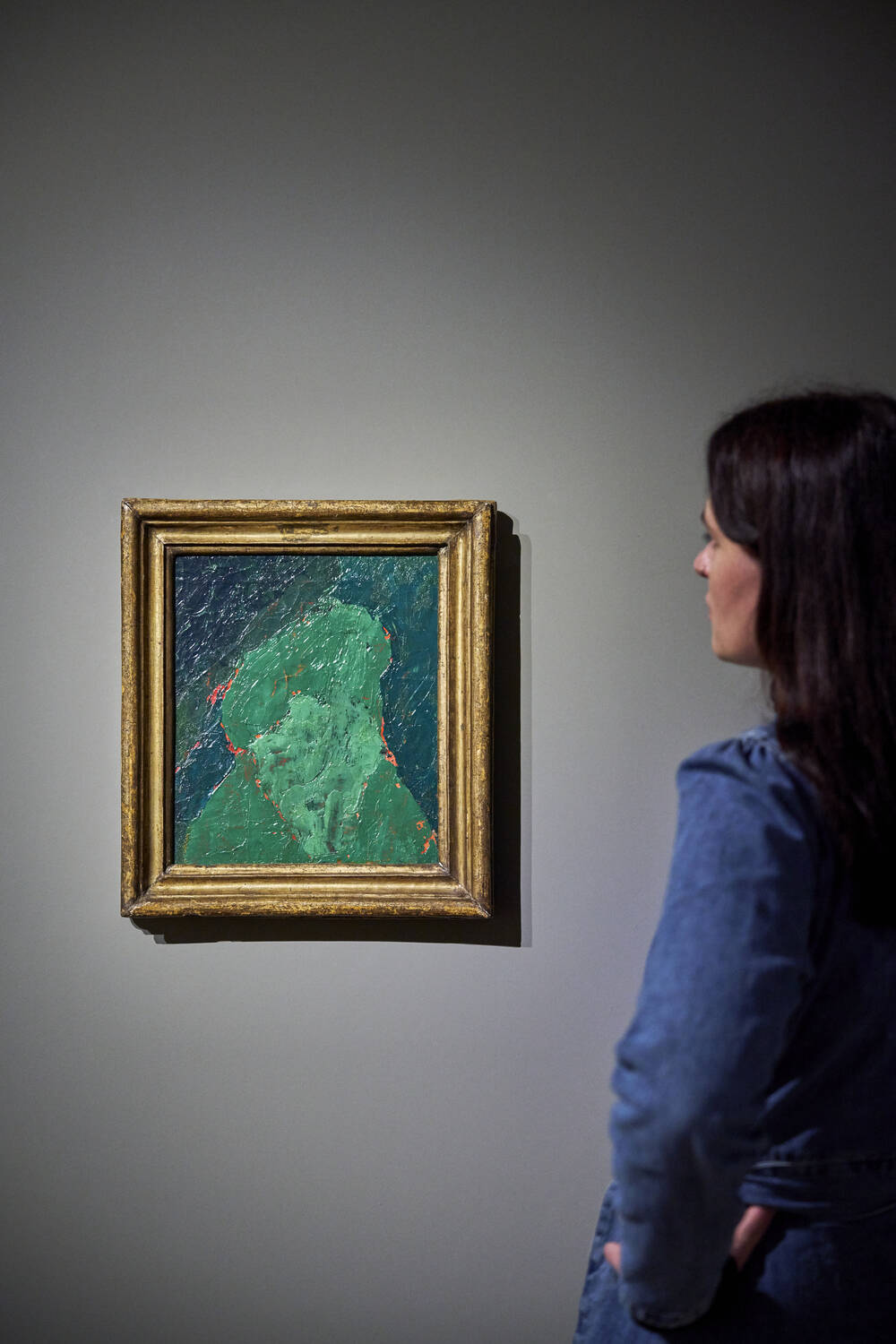
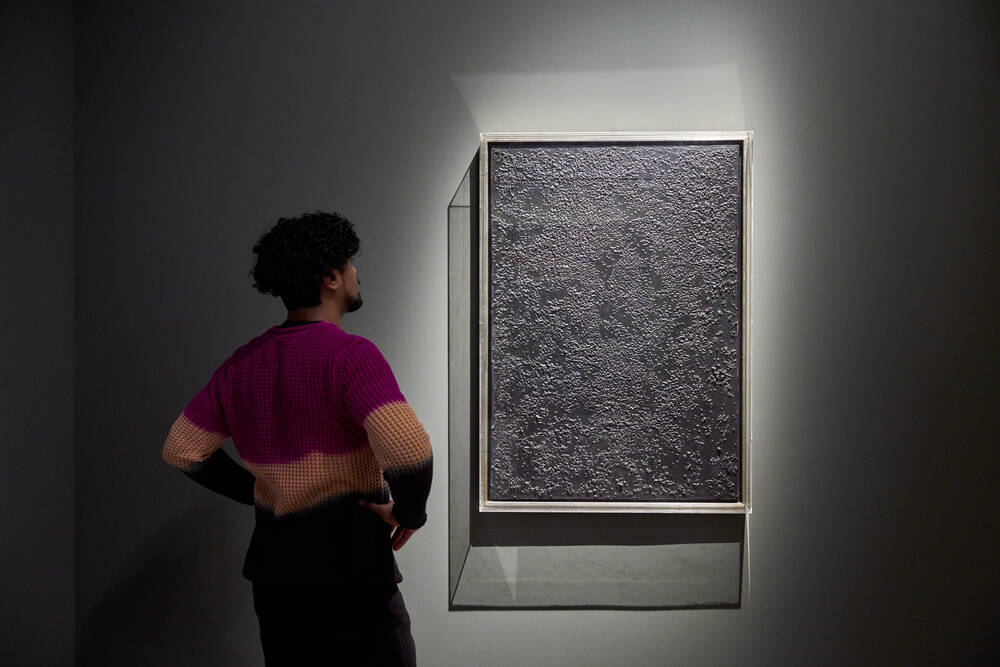
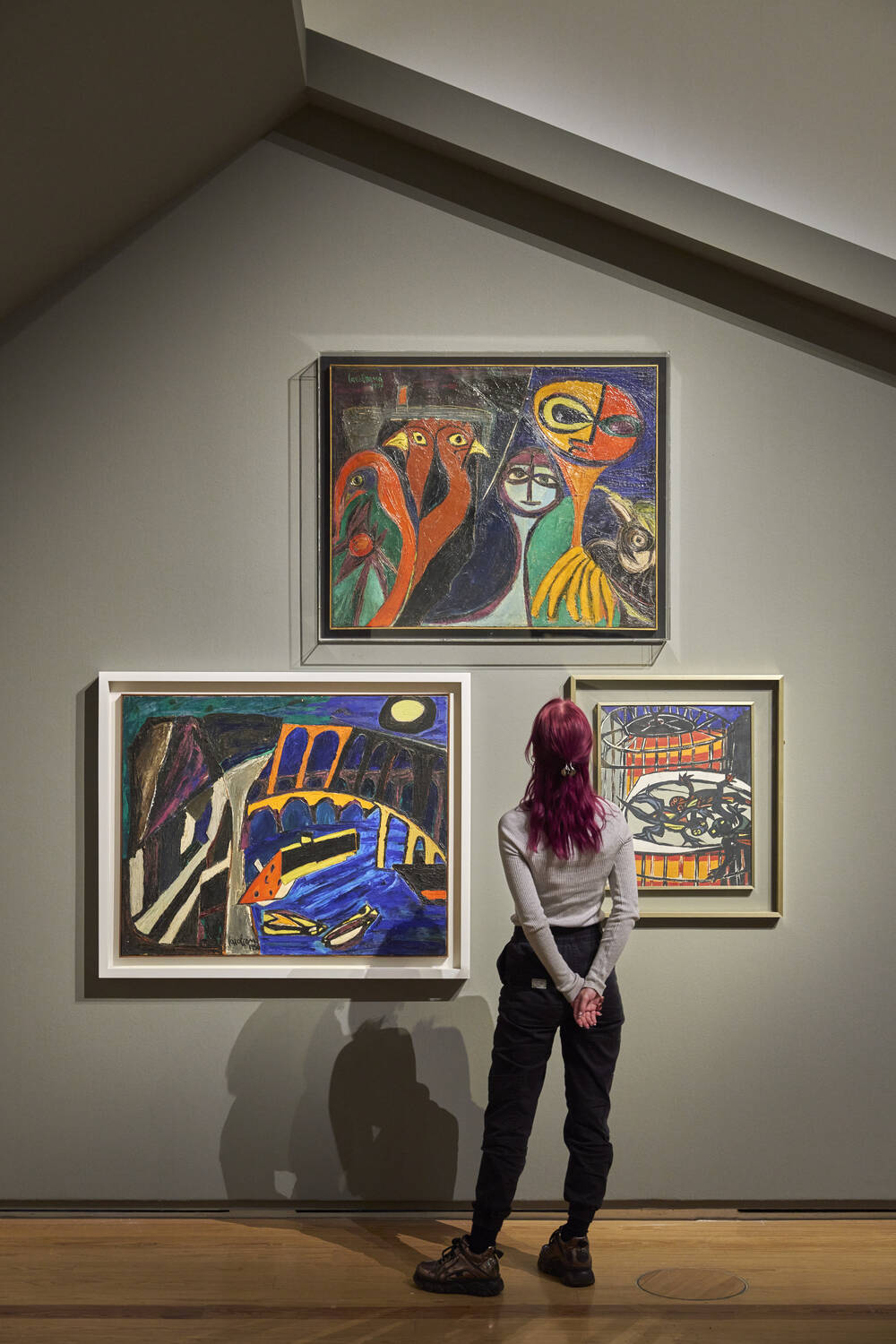
-
Supported by
Dr. Marschner Stiftung
SCHIRN FREUNDEWITH ADDITIONAL SUPPORT BY
Georg und Franziska Speyer´sche Hochschulstiftung